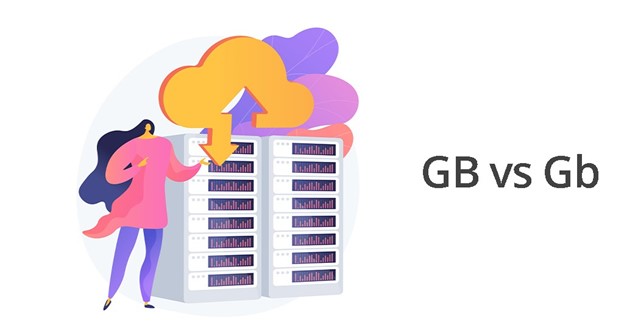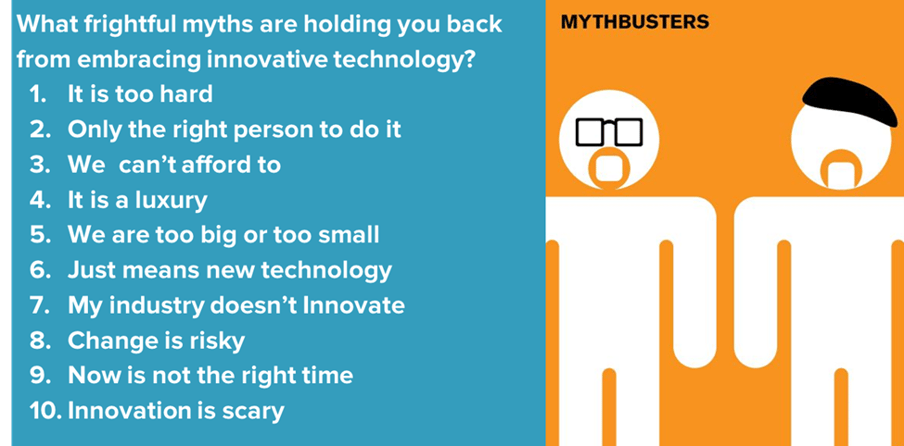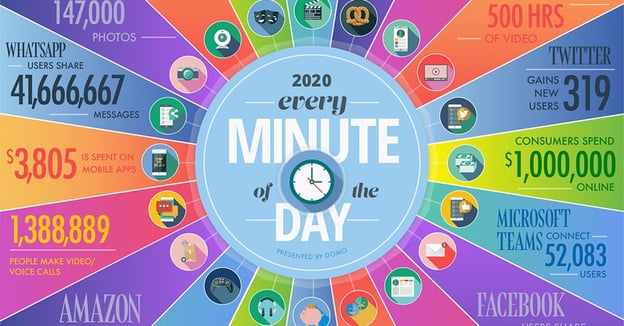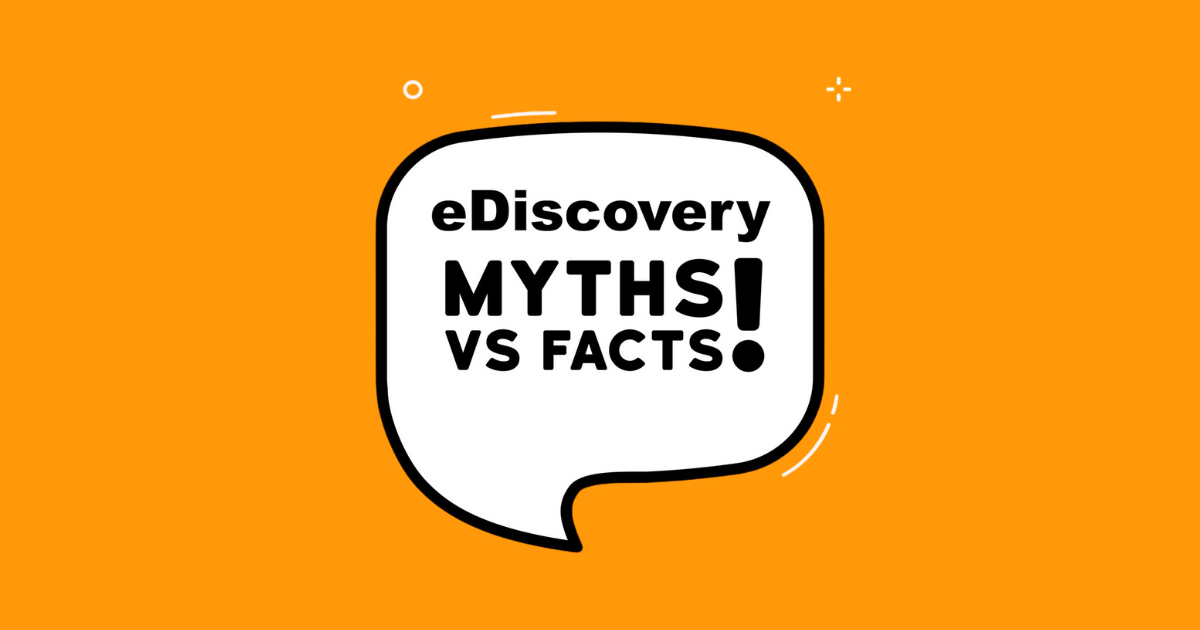Top eDiscovery Myths - BUSTED
While I may not have the pyrotechnic or mechanical engineering chops of Adam Savage, I still take a certain amount of glee in busting especially prevalent Myths that plague eDiscovery. Whether it is a simple misconception or a downright lie, few things give this Technocat as much joy as de-myth-defying the wild west of eDiscovery!
Myth 1: A Gig is a Gig
Whether you are an in-house team trying to budget for a pending investigation or a service provider scoping preservation and collection, it is easy to fall into the Myth of a Gig is just a gig when estimating data volumes, cost, and timing in a matter. With the prevalence of atypical data sources that leverage new data formats and compositions, the old tricks of the trade and back of the napkin estimates are often far from the truth. Electronically Stored information, (ESI) on a comment from slack in a .JSON file format may at first export as no more than a few lines, but when you parse it for review it may expand greatly.
It also about more than raw data volume and expansion, what is contained within the ESI of your data set may vary from short format to video, spreadsheet to miles of slack channel data. Each data type poses unique considerations in terms of timing, workflow, and which tools to use. Certainly, more to consider than merely number of Gigs at issue.

Myth 2: AI is Too...Expensive & Complicated
The Myth of costly and hard-to-use AI has its roots in fact, as most great myths do. Early iterations of AI in legal, al a da Silva Moore and TAR 1.0 required linguists, statisticians, time to train and could boast price tags that rivaled the cost to process data at the outset. Times, and legal AI, have changed substantially. Today many of the leading AI in legal is baked into next-gen technology at no additional cost and the user experience is more akin to google and Netflix than the onerous AI workflow of TAR 1.0. Using Legal AI in your eDiscovery process is much simpler than the first iterations of Predictive coding over a decade ago.

Myth 3: Human Review is the Gold Standard
When legal professionals are facing a large-scale document review to uncover potentially relevant ESI, it is easy to believe that a human is the best option. Unaided human review has consistently underperformed compared to human teams leveraging technology is studies by NIST and more recently in a swath of academic studies.
Maura Grossman Said it best in her article Maura R. Grossman & Gordon Cormack, Technology-Assisted Review in E-Discovery Can Be More Effective And More Efficient Than Exhaustive Manual Review, XVII Rich. J.L. & Tech 11: This article offers evidence that . . . technology-assisted processes, while indeed more efficient, can also yield results superior to those of exhaustive manual review, as measured by recall and precision. In simple English, man plus machine is more accurate and inclusive of all potentially relevant data than unaided human review.

Myth 4: All eDiscovery Software is the Same
If you ask many attorneys or case teams about eDiscovery review software, it may seem that we are talking about the difference between beige and taupe... that there is only a nominal difference between eDiscovery solutions on the market today. While that may have been the case a decade ago, for legal professionals facing eDiscovery today, the tool you choose can have a massive impact on speed to insight and both cost and efficiency of your review.

Myth 5: eDiscovery Just Means Email
Around the first of eDiscovery, it was easy to assume the “E” in eDiscovery stood for email, because there simply were not that many forms of ESI. Today when scoping a custodian’s potentially relevant ESI, there are potentially dozens of places to look for ESI. From Collaboration tools to social media, email to a variety of short format and ephemeral messaging platforms. Relevant “documents” are often a far cry from the four corners of a page that most people first conceived in discovery.
Amounts of data, variety and velocity are all combining to make the selection of review platforms, scoping of a matter and workflow applied to uncovering relevant ESI malleable and adaptable in a way that was never conceived.

Myth 6: Only Big eDiscovery Cases Need AI
The application of AI in electronic discovery has long suffered from a goldilocks complex. only large, complex, or otherwise special snowflake types of cases could (if the myth was to be believed) benefit from the application of Ai in the eDiscovery process. As with a few myths that preceded this one, there is some truth in the roots of this myth. But as with technology and AI in other aspects of our life, the tech has become more robust, user friendly and adaptable.
Cases large and small can benefit from the application of legal Ai because the tech can start providing insights with hundreds of documents instead of thousands and the prior cost barriers to using AI have to a great degree been eliminated by baking the Ai into the core eDiscovery review platforms.

Myth 7: eDiscovery Software is Only for Litigation
When most people think of the unstructured data analytics tool that comprise eDiscovery software, the first applications that comes to mind is litigation. But that is far from the only impactful way to use eDiscovery software. While the workflow applied may differ in cases that are due diligence, investigations, proactive compliance or post breach, the insights offered by unstructured data analytics and the EDRM are still robust.

Myth 8: One eDiscovery Tool Can Rule Them All
As cases have evolved and workflows and objectives have expanded beyond the traditional litigation context or to data sets and metadata beyond documents and email, the tools, and techniques best suited for cases have evolved as well. A varied applications of eDiscovery has opened the world up for more bespoke applications of tool and techniques. Having many arrows in your quiver when seeking to uncover potentially relevant ESI in the high velocity digital data verse of today is critical.


